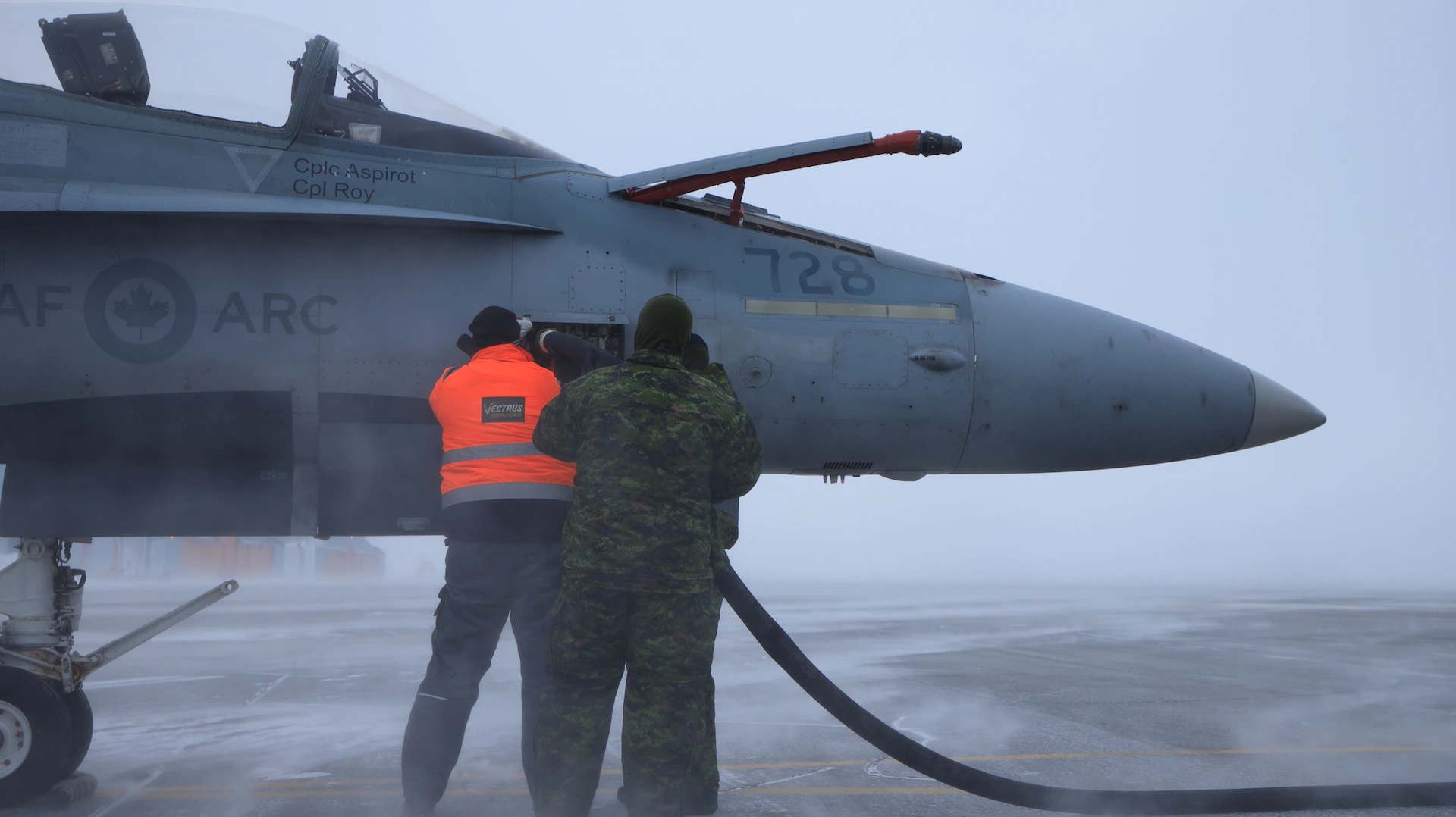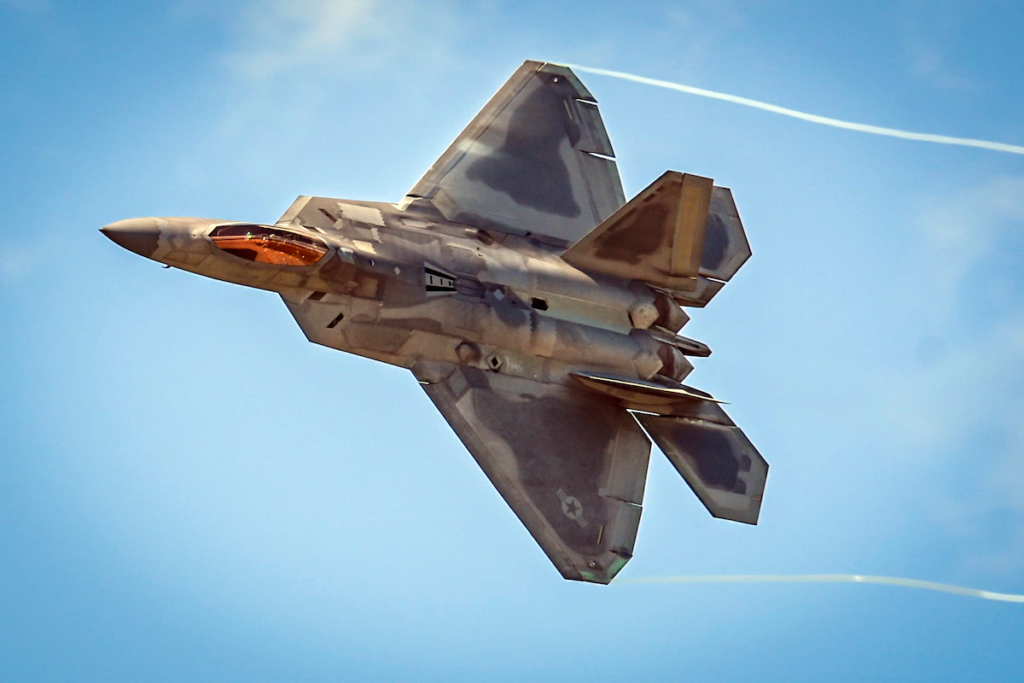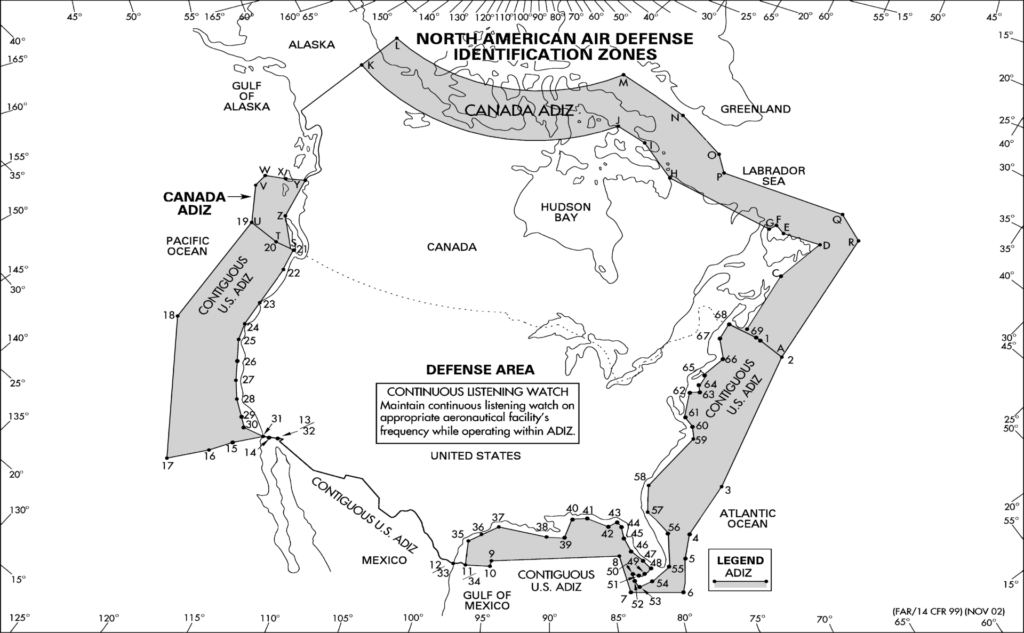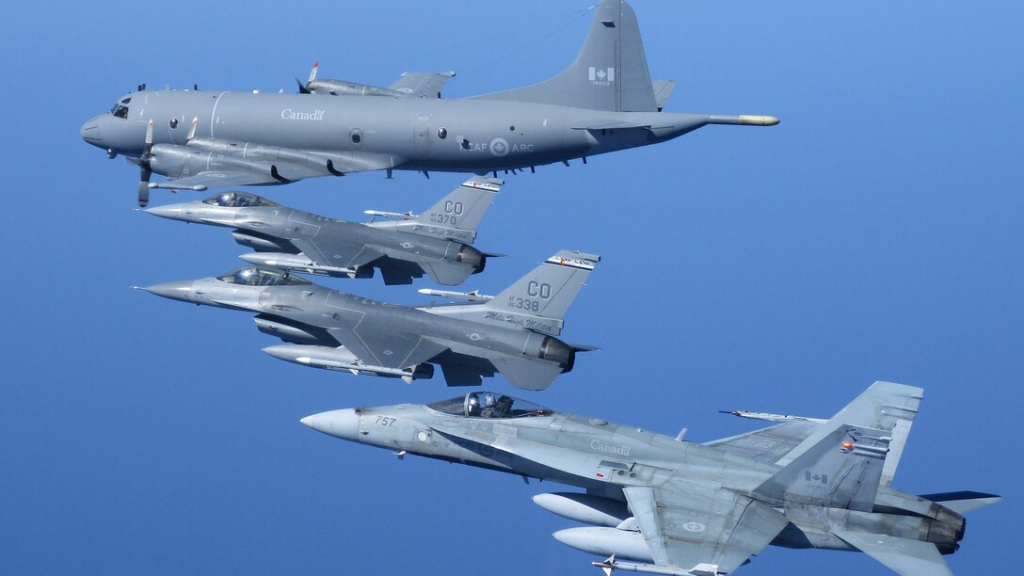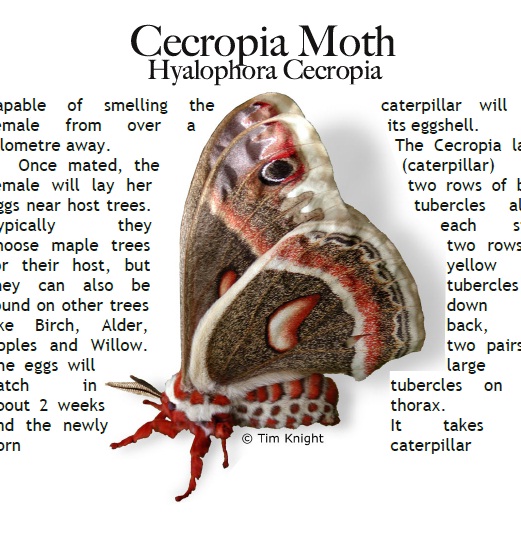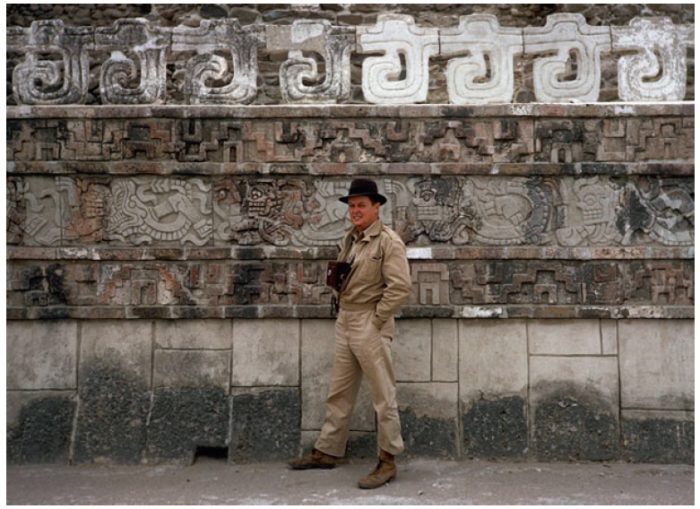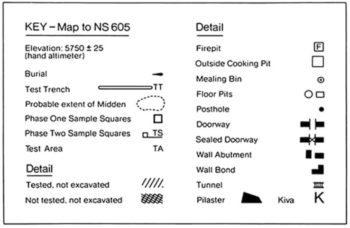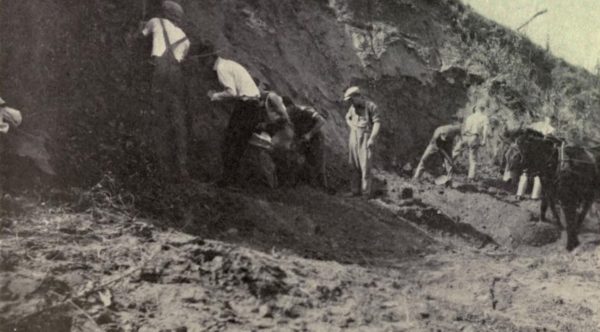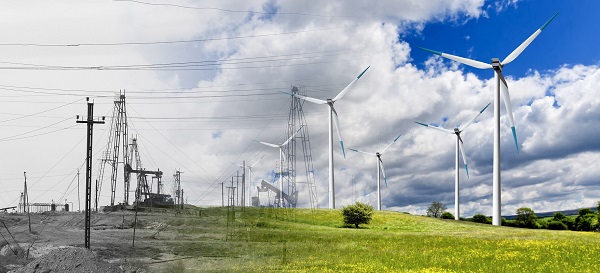Looking for the ultimate destination to celebrate Irish culture this March 17? The best cities to celebrate St Patrick’s Day have been revealed.
Our friends at Casino.com have taken the guesswork out of it, calculating the number of Irish bars in the biggest North American cities. By analyzing the number of Irish pubs and the population in each city, the best cities to grab a Guinness this St Patrick’s Day have been ranked.
The best cities to celebrate St Patrick’s Day
| Rank | City | State/ Province | Country | Number of Irish bars per 1 million people |
| 1 | Boston | Massachusetts | United States | 41.5 |
| 2 | St. John’s | Newfoundland and Labrador | Canada | 32.3 |
| 3 | San Francisco | California | United States | 19.8 |
| 4 | Kelowna | British Columbia | Canada | 16.5 |
| 5 | Seattle | Washington | United States | 16.0 |
| 6 | Washington City | District of Columbia | United States | 13.4 |
| 7 | Baltimore | Maryland | United States | 12.3 |
| 8 | Philadelphia | Pennsylvania | United States | 10.2 |
| 9 | Regina | Saskatchewan | Canada | 8.9 |
| 10 | Kitchener | Ontario | Canada | 7.6 |
Boston, Massachusetts, is the best city to celebrate St Patrick’s Day, with 41.5 Irish bars per 1 million people. Boston has a longstanding Irish heritage, with Irish immigrants arriving in the city as early as 1654 and many more following suit during the Great Irish Famine in the late 1840s and early 1850s. Unsurprisingly, Boston is the ultimate St Patrick’s Day destination, with 41.5 Irish bars per one million people, including Solas Irish Pub and Mr. Dooley’s, which are both open until late.
Celebrate the luck of the Irish in St. John’s, Newfoundland and Labrador, with 32.3 Irish bars to choose from per 1 million people. Newfoundland is a hub for Irish culture, often dubbed the ‘most Irish island in the world’, with many Irish settlers choosing to live in the province’s most populous city, St. John’s. With such a prominent Irish community in the city, St. John’s ranks second as one of the best cities to spend St Patrick’s Day in. There are about 17 Irish bars for a population of about half a million people.
San Francisco is the third-best city to celebrate St Patrick’s Day, with 19.8 Irish bars per 1 million people. San Francisco’s Irish community was largely established during the late 1840s and early 1850s, at the time of the Great Irish Famine. It is often thought that by the 1880s, around a third of the city’s population identified with Irish heritage. San Francisco is, therefore, one of the best cities for Irish culture and a top destination for St Patrick’s Day, with 19.8 Irish bars for every one million people. For the Silo, Grace Burton.




